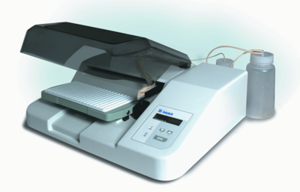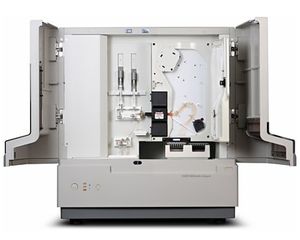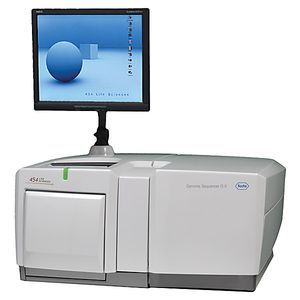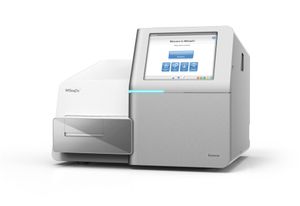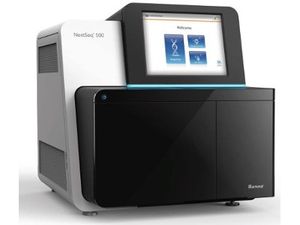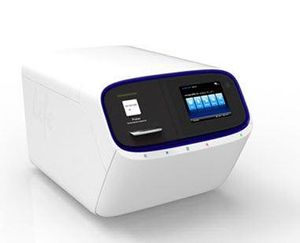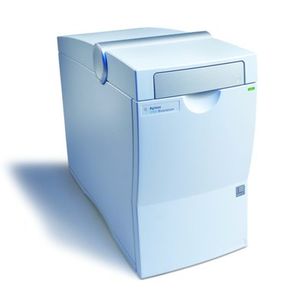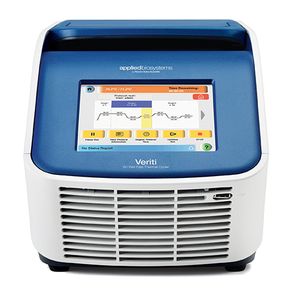Available Analyses
Manual, semi-automated, and automated methods are used for viral genome sequencing :
ANALYSIS | INDICATION | METHOD | REAGENTS |
Genotyping of HBV
|
Clinical research
Molecular epidemiology
|
Sequencing the HBsAg coding region
|
CNR Protocol
|
Genotyping of HBV resistance to antiviral drugs
|
Characterization of treatment failure of nucleoside/nucleotide analogues
|
Sequencing the reserve transcriptase coding region
|
CNR Protocol
|
Determining the genotype and sub-type of HCV
|
Pre-therapeutic assessment of HCV
|
Hybridization on a strip
|
Siemens ref.6719382
|
Genotyping of HCV resistance to antiviral drugs
|
Characterization of treatment failure based on the use of direct acting antiviral drugs
|
Sequencing the regions coding the proteins NS3, NS5A ans NS5B
|
CNR Protocol
|
Genotyping of HIV resistance to antiviral drugs
|
Characterization of treatment failure of antiretroviral drugs
|
ViroSeq
|
Abbott ref.4J9493
|
Characterization of the sequence of integrase
|
Approach to therapeutic decision
Characterization of integrase inhibitors in treatment failure
|
ViroSeq
|
Abbott ref.4J9471
|

